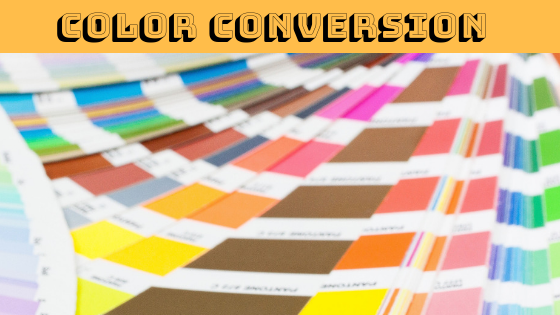For years, commercial printers have told graphic designers to convert RGB colors to CMYK before packaging your files to send to print. This is to make sure you can accurately see what the colors you are using will look like in print, since your computer monitor displays color in bright RGB while print uses CMYK. This conversion is no longer required in all cases.
No harm will be done if you stick to this old habit, but advances in printing workflows and growth in the use of commercial digital printing have eliminated it as a necessity. Some modern printing workflows even prefer files with RGB colors.
RGB and CMYK are the color processes everyone is familiar with. RGB is an additive process, meaning it adds red, green and blue together in varying amounts to produce other colors. CMYK is a subtractive process. Different amounts of cyan, magenta, yellow and black are used to “remove” reflected colors from paper to create other colors we can see. The two processes have different ranges of color, with RGB providing a wider array of possibilities.
RGB is used in electronic devices, like computer monitors, while printing uses CMYK. When RGB is converted to CMYK, colors can look muted. Designers were often disappointed when their printed piece looked different than what they had been seeing on screen. To avoid this disappointment, printers told designers to convert colors to CMYK so they’d see them more accurately on their computer.
Now, modern workflows allow printers to use color profiles that automatically match CMYK ink to RGB values to produce results that are much more similar. Additionally, commercial digital printers can use inks beyond just CMYK to closely match the wider color gamut of RGB.
Designers actually gain some added benefits under this new approach. RGB files tend to be smaller; it’s always easier to move and manipulate smaller files. Since most designers today design for print and digital applications at the same time, keeping files in RGB gives you more flexibility as well.
If you’re not sure if you can to let go of this old habit, check with your printer. They’ll tell you whether their workflow still needs you to convert or not.



Courtney
Thanks for that info. I’ve been debating whether or not to convert all of my digital artwork into CYMK for print. I noticed that when I went down to Walmart to have them test print a few designs, they looked fantastic so I believe that you are correct with the assertion that the tech has finally caught up with the eye. Thanks again!